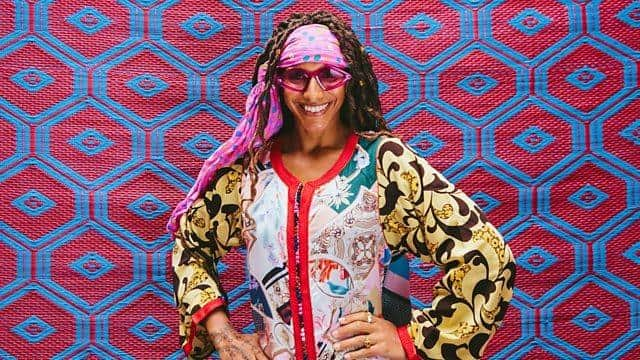Africa Rising with Afua Hirsch
and live on Freeview channel 276
The continent of Africa is home to a younger and more culturally diverse population than anywhere else on the planet.
Each country in Africa has its traditions, identities, cultures and histories, many more ancient and rich than our own.
Advertisement
Hide AdAdvertisement
Hide AdIt is the world’s second-largest and second-most populous continent, after all.


In this new three-part series, journalist and broadcaster Afua Hirsch hears about how young creatives in Africa are embracing the traditions of its countries in new and exciting ways, putting African nations on the cultural world map.
As vast and diverse as the region is, this series can only focus on a handful of countries – namely Morocco, South Africa and Nigeria. These are places whose identities are strong, and which also have large diaspora communities around the world.
The first episode concentrates on Morocco. Here, Hirsch explores how a younger generation of Moroccans are updating old traditions in surprising ways, with women often at the spearhead of the movement.
Advertisement
Hide AdAdvertisement
Hide AdThey include Amal Amhari, the queen of Tbourida. This is a form of horse display that dates back centuries, and has long been a male-dominated tradition – until Amal began making waves in the Tbourida world.
Elsewhere, photographer Hassan Hajjaj – known as the ‘Andy Warhol of Africa’ – playfully reframes modern-day Morocco through his lens; his work has also been used by musical performers including Billie Eilish, Cardi B and Riz Ahmed.
And Moroccan rap artist Sigou Marouane shows how he mixes hip hop with traditional sounds.
From Sigou’s studio, Hirsch heads east over the Atlas Mountains – the go-to destination for buying and selling Amazigh rugs – to meet a young entrepreneur who is on a mission to keep traditional rug-making techniques alive in a post-industrial world.
Advertisement
Hide AdAdvertisement
Hide AdThen it’s on to the coastal city of Essaouira, which is known as the cultural home in Morocco of Gnawa – the musical legacy of enslaved people brought to the country some thousand years ago. There, she meets the Gnawa master Rabii Harnoune, who is shaking things up while keeping the old music alive and kicking.
Heading south, the journalist senses that change is in the air. Female artists are at the forefront of the debate around sex and gender: Majida Khattari, famous on the global art scene, plays with stereotypes of Moroccan women; while in Casablanca Hirsch meets groups of young women who are questioning the various structures underlying Moroccan society through their art.
They include artist, novelist and mechanical engineer Zainab Fasiki, who in 2019 gained international recognition for her graphic novel Hshouma, corps et sexualité au Maroc (loosely translated as: Shame, body and sexuality in Morocco). And then there is photographer Yasmine Hatimi, who finds a vulnerable side to Moroccan men in her shoots exploring themes of masculinity.
Finally there’s a revealing interview with the country’s latest superstar, singer-songwriter Rym Fikri, who wants to build confidence amongst other young female Moroccan artists.